Which Java package or framework uses the Observer pattern to monitor events?
Which Java package or framework uses the Observer pattern to monitor events?
The Observer pattern is a fundamental design pattern that enables loose coupling between objects that need to communicate with each other. In the context of Java, several packages and frameworks employ this pattern to manage event-driven programming.
One notable example is the JavaBeans (Javabean) specification from Sun Microsystems. JavaBeans provides a framework for building reusable software components in Java. The Observer pattern plays a crucial role in allowing JavaBeans to communicate with each other by broadcasting events. Beans that register as observers can react to changes or events triggered by another bean.
Another prominent example is the Spring Framework, which uses the Observer pattern through its event-driven programming mechanism. Spring allows applications to publish events and have observers listen for these events, enabling loose coupling between components. This decouples the observer from the observed, making it easier to maintain and extend the application.
The JavaFX (JavaFX 2) framework also employs the Observer pattern in managing UI events. JavaFX uses a mechanism called "event handling" which allows UI controls like buttons and text fields to broadcast events when users interact with them. Observers can then listen for these events and react accordingly, enabling UI components to communicate seamlessly.
Oracle's Java API for XML Processing (JAXP) also employs the Observer pattern in its processing of XML documents. JAXP allows applications to register observers that can watch changes in an XML document. This enables event-driven processing of XML data, making it easier to integrate with other systems and tools.
Lastly, the Java-based web application framework, Vaadin, uses the Observer pattern to manage events triggered by user interactions like button clicks or form submissions. Observers can then react to these events and update the UI accordingly, providing a reactive programming model for web applications.
In conclusion, various Java packages and frameworks leverage the Observer pattern to manage event-driven programming, decouple components, and enable loose coupling between objects that need to communicate with each other. The use of this design pattern fosters modularity, maintainability, and scalability in software development.
java observer deprecated
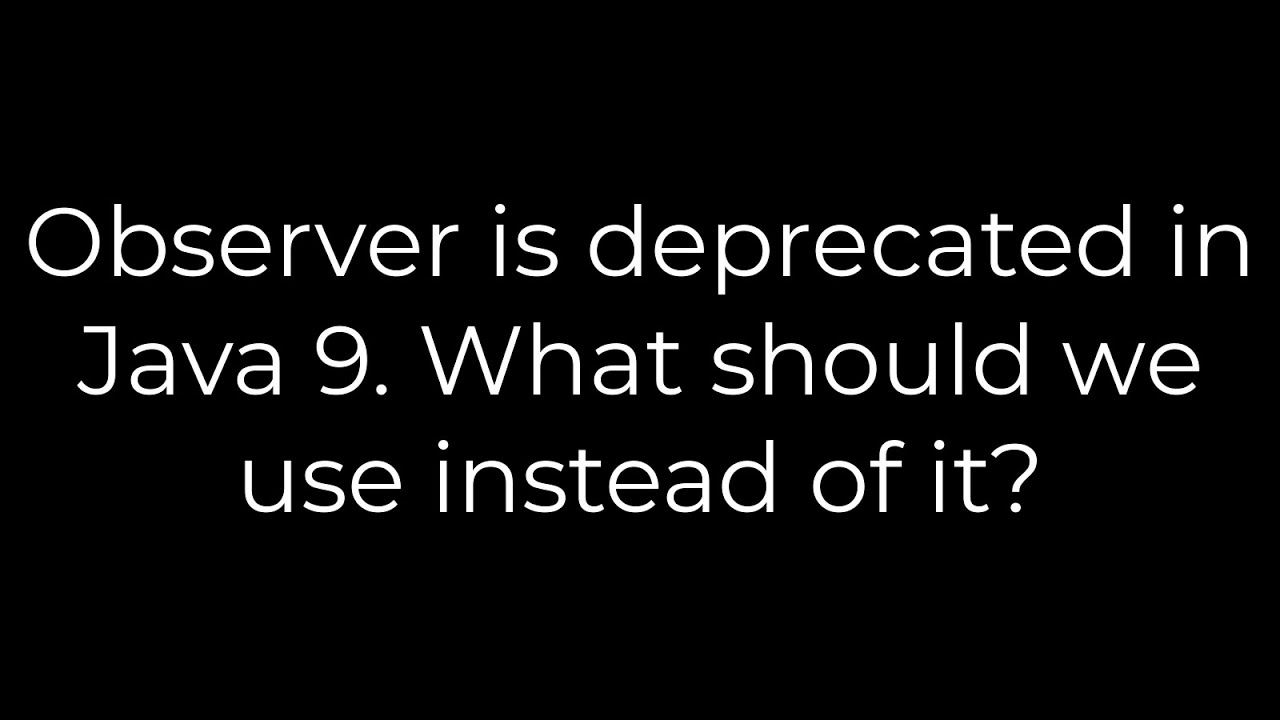
The Observer pattern! It's a fundamental design pattern that has been widely used and is still relevant today. I'll give you the lowdown on what it's all about.
What is the Observer Pattern?
The Observer pattern is a behavioral design pattern that allows objects to observe each other's changes and react accordingly. It enables loosely coupled communication between objects, promoting scalability and maintainability in your software systems.
Key Elements:
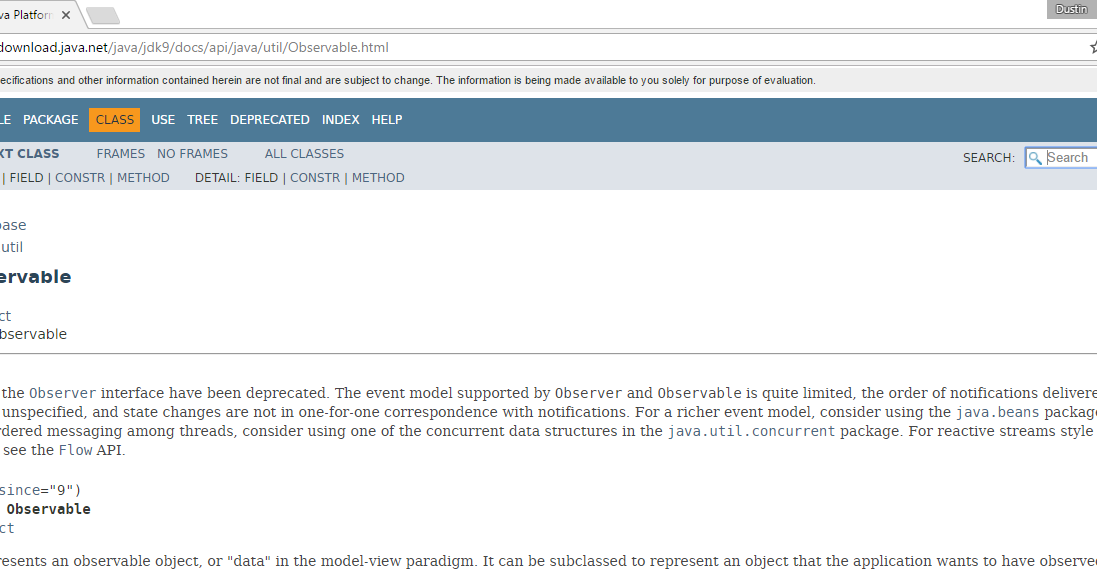
How Does it Work?
When an observer registers with a subject, they agree on a specific interface for communication. This can be a method name or an event handler. When the subject's state changes, it notifies its observers by calling this agreed-upon interface (e.g., update()).
The observer can then respond to the change by performing some action, updating its own state, or triggering another event. This decouples the observer from the specific implementation details of the subject.
Why is the Observer Pattern Important?
Scalability: The Observer pattern allows you to add or remove observers dynamically without affecting the subject's behavior. Loose Coupling: It reduces dependencies between objects, making it easier to modify or replace them independently.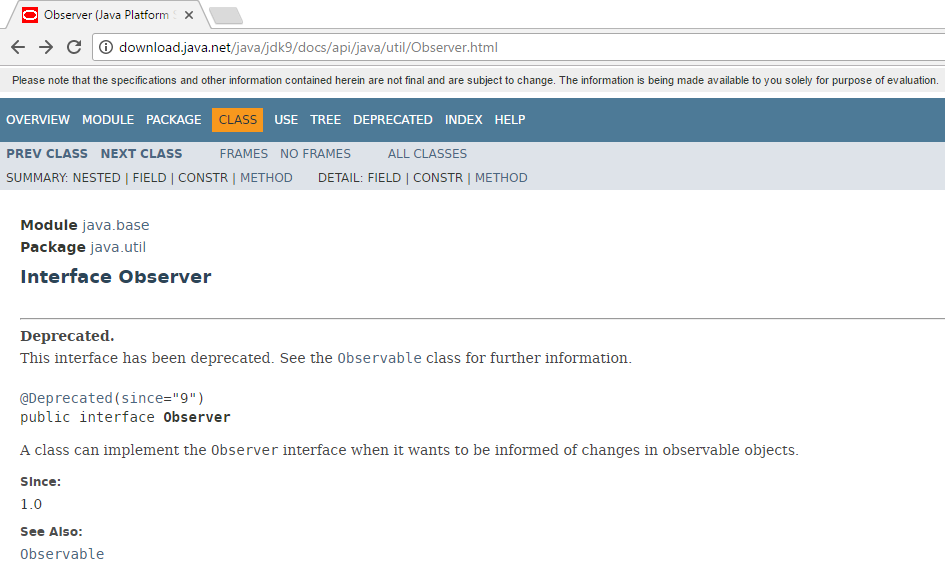
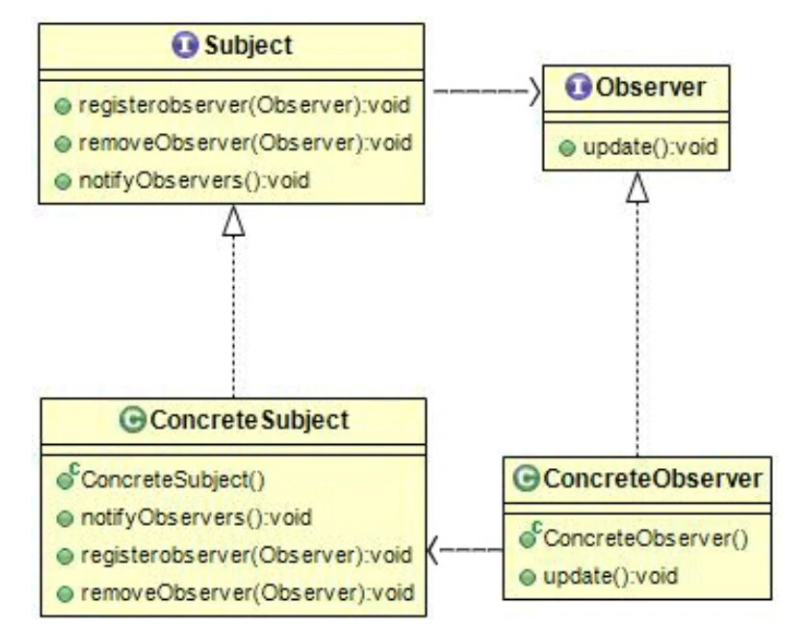
Java Implementation (or Not):
In Java, you might have noticed that the java.util.Observer class has been deprecated since Java 1.0! Why is this? Well, the original implementation was flawed due to its tight coupling between subjects and observers. The new Observer pattern in Java focuses on using interfaces for communication (e.g., Observable, Observer, and List<Observer>).
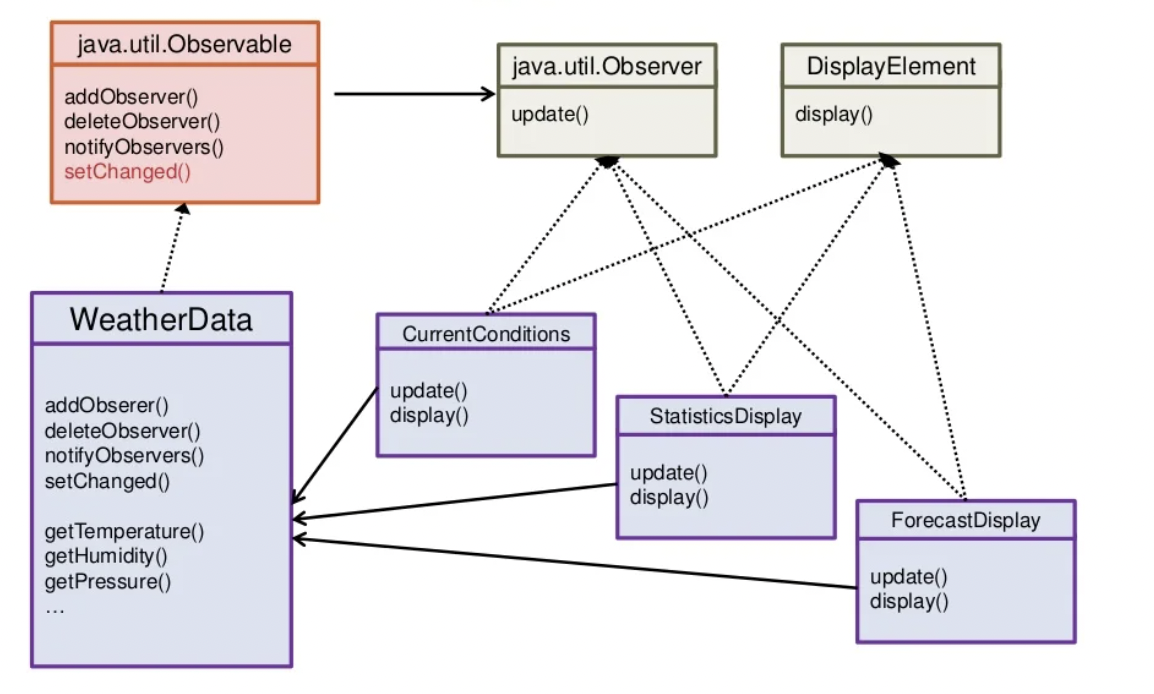
If you're interested in using the Observer pattern in Java, I'd recommend exploring modern approaches like the JavaFX API or frameworks like Spring's ApplicationEventPublisher.
In Conclusion:
The Observer pattern is a fundamental design pattern that enables loose coupling, scalability, and extensibility in software systems. While the original Java implementation has been deprecated, you can still use the concept to create robust and maintainable applications.
How about you? Have any experience with the Observer pattern or want to learn more about it?





























